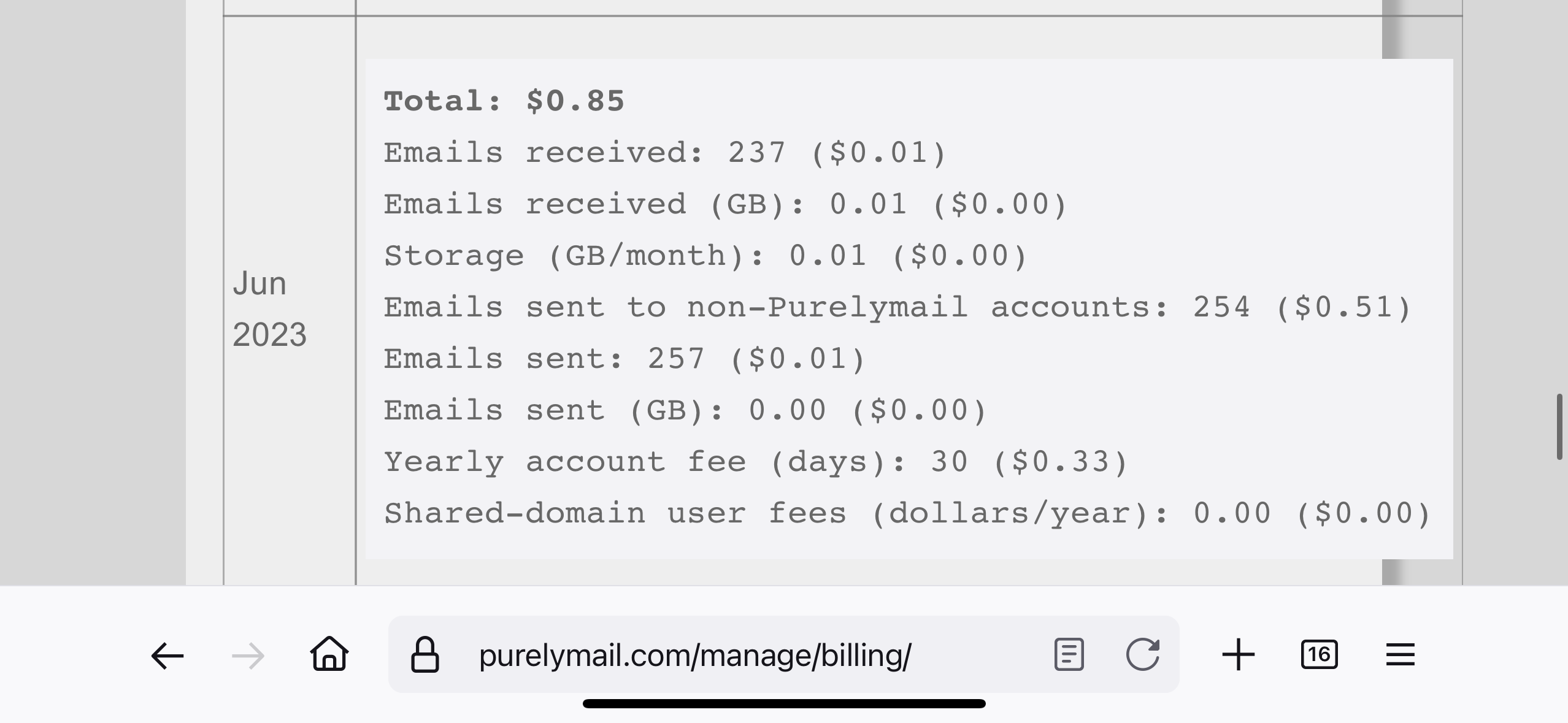

It really depends on the app. Plenty of Android apps have very simple to do premium bypass.
Administrator of thelemmy.club
Nerd, truck driver, and kinda creeped that you’re reading this.


It really depends on the app. Plenty of Android apps have very simple to do premium bypass.


Kinda, but they’re still reading the messages you send to users who are using it


Unfortunately in the fediverse changing your domain isn’t really possible. You basically have to start over.


What missing features are so important that you decide to recreate the entire backend of Lemmy because you think the devs aren’t fast enough?


That’s cool for certain applications but on my home network should I really be super concerned about DNS encryption?


Pi-hole is great, but unfortunately ads in YouTube or other streaming services is not one of the things it blocks.


It is. But as said, for personal email what’s the huge risk? You find a new provider, transfer your DNS records, and upload your old emails.
Make some backups of your emails, you should be anyway.
But they have a specific FAQ for this: https://purelymail.com/docs/companyPolicy#bus


I’ve been using this docker container over a year, with no issues. https://hub.docker.com/r/oznu/cloudflare-ddns/
But there’s also this script: https://github.com/joshuar/cf-ddns


Use Cloudflare or PorkBun.com for cheap, no bullshit domains. As for the email host, self hosting not recommended. It’s a long battle to be not blocked by every other provider.
I recommend purelymail.com - no cost to add (even multiple!) custom domains, unlimited users, only pay for mail usage and storage. Go for advanced pricing until it starts costing you more than $10/yr. (Which it shouldn’t if it’s just you. Seriously this thing is cheap!) I just passed my one year anniversary with PurelyMail, and have spent $6 so far. This is my most expensive month, 85¢. And that’s only because I host a public Lemmy instance (small) and we had a few hundred spam signups which sends an email each time.

This will give you a total yearly price WAY under what Google or Microsoft will give you. Google is like, $7.20/user/month.
And if for some reason that service goes down one day, as long as you still have a mail client with your email stored in it you should be able to just switch providers and import your emails from your client. Make some backups.


“Drop in” as in “You can drop this in your Home Screen where Google Photos used to be and notice very little functional difference.”


It’s undergoing massive development, it basically went from nothing to nearly full featured in two years.
The breaking change just means you need to actually do something before updating. The software isn’t quite ready to be put on auto-update yet. Honestly the way the devs aren’t afraid to break things I think has contributed to the fast development.
Just be sure to keep a secondary backup of your photos which you should do either way.


It’s really amazing, it’s a drop in replacement for Google Photos and the like with good mobile apps, face/object recognition, etc.
Immich iirc has seen huge and rapid development in the past two years so no surprise.
I set up Immich a week or so back. It’s been a dream so far. The object recognition is really way better than expected. The App works really well.
I used this script to import my Google Photos dump. https://github.com/simulot/immich-go
I can’t say I used every possible feature of Google Photos but I haven’t missed anything yet!


Disney+ has a lot of foreign language dubs, which even for mainstream titles are exceedingly hard to find on torrent sites. It’s the thing holding me back from getting a NAS and going full pirate.


Most containers don’t package DB servers, Precisely so you don’t have to run 10 different database servers. You can have one Postgres container or whatever. And if it’s a shitty container that DOES package the db, you can always make your own container.
that those images are configured according to your actual end-users needs, and not to some packager’s conception of a “typical user”: do you do mailing? A/V calling? collaborative document editing? … Your container probably includes (and runs) those things, and more, whether you want it or not
that those images are properly tuned for your hardware, by somehow betting on the packager to know in advance (and for every deployment) about your usable memory, storage layout, available cores/threads, baseline load and service prioritization
You can typically configure the software in a docker container just as much as you could if you installed it on your host OS… what are you on about? They’re not locked up little boxes. You can edit the config files, environment variables, whatever you want.


Nothing to do with efficiency, more because the containers are come with all dependencies at exactly the right version, tested together, in an environment configured by the container creator. It provides reproducibility. As long as you have the Docker daemon running fine on the host OS, you shouldn’t have any issues running the container. (You’ll still have to configure some things, of course)


I’ve setup Nextcloud but have done next to nothing with it.
My Lemmy instance gives me the most problems, but it’s also the only publicly available service I run. Mostly the issue is it seems to have a memory leak that forces me to restart it every few days.
Everything else has been completely rock solid for me, running on a mini pc (formerly a pi4 until I wanted to start doing stuff with Jellyfin and needed more power for transcoding) on OpenSUSE Leap all in docker containers. Makes it insanely easy to move stuff. I had no issues basically just copying the docker-compose files and data and bringing them up even when switching architectures.


Docker containers should be MORE stable, if anything.
I think the volunteer labor and donations strategy works much, much, better on a distributed platform like the fediverse.